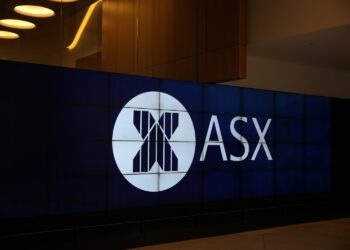Yield levels in the west have been kept artificially low by the US Federal Reserve’s continuing quantitative easing (QE) and this depression of yields has forced fixed income investors to search for yield inside other markets, the manager said.
“There is still some value in fixed income, but you need to be moving into alternative fixed income asset classes and having that diversified approach,” Andrew Weir, international bond portfolio manager for Fidelity International, told InvestorDaily.
Weir advocates having some treasuries as a security, some high yielding asset classes and also some EM bonds.
He points to better growth in emerging markets, plus potential capital gains when inflationary linked bonds are denominated in local currency.
“I am overweight EM, more so in the local currency,” Weir said, adding, “I think in the EM fixed income asset class people will be increasing their allocation.”
Despite this there is a risk with the duration for which assets are held.
In December, the Federal Reserve said a lower unemployment rate of 6.5 percent would trigger a tightening of monetary policy and a raising of interest rates.
“I think unemployment is going to be ticketing down and by this time next year it will be below seven [per cent]… So at that point, QE has got to stop and then you’ve got to see rates drifting up,” Weir said.
Fidelity sees locally-dominated EM inflation index bonds being particularly appealing since they can protect an investor against potential western interest rate hikes through domestic inflation.
Referring to Brazil, Weir said “you get the forex return, you then get the inflation in Brazil”.
Fidelity also pointed to the appeal of Mexico EM debt since the country has a very liquid currency and a strong interconnection with the United States.
Despite this, fixed income investors must be cautious when engaging in these markets. They need to thoroughly understand the dynamics of the local market and how that will factor into the global economic outlook.
“Each country has its own idiosyncrasies… you formulate your macro views and then you see which factors affect each market, so it is really fascinating bottom-up research,” Weir said. “It is clearly not something I can do alone.”







